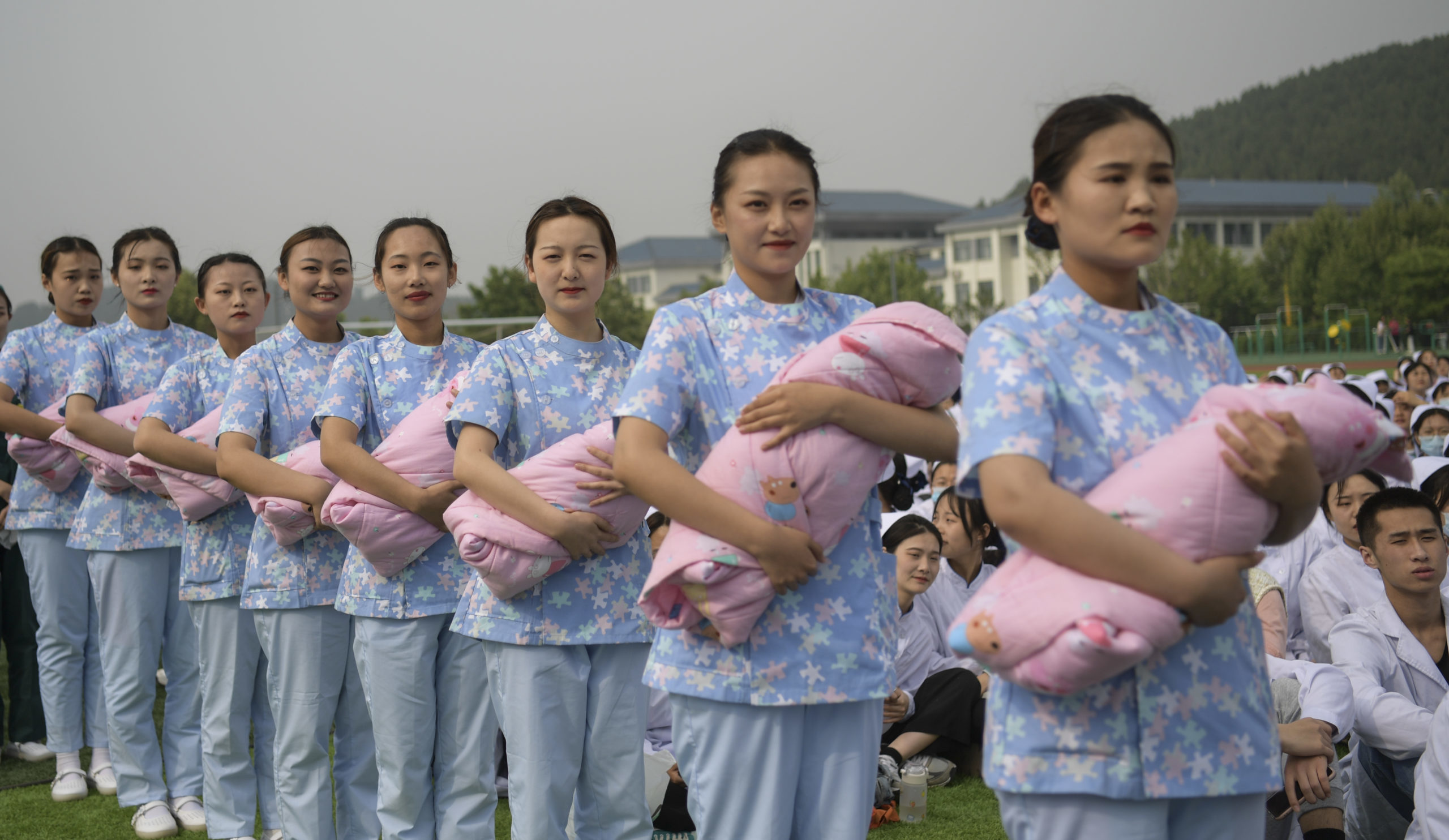The Global Baby Bust: China's Costly Childcare Crisis
Introduction
The global decline in birth rates, often referred to as the "baby bust," is a recurring narrative in today's world. With each passing week, new reports emerge, highlighting the dwindling birth rates in various countries. Despite governmental efforts, reversing this demographic trend has proven challenging. China, in particular, has garnered significant attention in this regard. After experiencing a consecutive decline in population, exacerbated by soaring childcare costs, China finds itself at the forefront of this global issue.
The Costly Reality of Childcare in China
- China, as the world's second-largest economy, faces exorbitant childcare expenses.
- On average, parents in China spend approximately $75,000 to raise a child from birth to age 18.
- If the child pursues higher education, the cost escalates to around $95,000, translating to 6.3 times the per capita GDP in China.
- This financial burden far exceeds that of other nations, with Japan, America, France, and Australia facing similar challenges albeit to a lesser extent.
Linking Childcare Costs to Declining Birth Rates
- The high cost of childcare directly correlates with declining birth rates.
- South Korea, with the highest childcare costs globally, also records the lowest fertility rate.
- In 2023, China witnessed a significant drop in population for the second consecutive year, signaling a crisis.
Understanding the Root Cause: Education Expenses
- The primary contributor to China's steep childcare costs is the expense of education.
- Private preschool services command hefty fees, setting the tone for high educational expenditures throughout a child's upbringing.
- While tuition fees may seem lower compared to Western countries, the absence of state-funded student loans places the financial burden squarely on parents' shoulders.
Governmental Measures and Their Efficacy
- China has implemented several initiatives to address its declining birth rate, including abandoning the one-child policy and encouraging families to have up to three children.
- Monetary incentives, such as cash subsidies and discounts on IVF treatments, aim to alleviate financial strain.
- Additionally, policymakers have resorted to cultural appeals, urging citizens to embrace the auspicious "dragon babies" during the lunar year of the dragon.
The Need for Comprehensive Reform
- Despite these efforts, China's birth rate continues to decline, underscoring the inadequacy of current measures.
- To effectively tackle the childcare crisis and boost birth rates, policymakers must prioritize comprehensive reforms.
- Initiatives such as cash subsidies, tax breaks, and housing support for families, coupled with educational reform and equal parental leave, are essential to alleviate financial burdens and encourage childbirth.
Conclusion
As China grapples with the repercussions of its costly childcare system and declining birth rates, the global community watches closely. The fate of China's demographic future hinges not only on governmental policies but also on societal attitudes towards family planning. Addressing the childcare crisis requires concerted efforts, encompassing financial, cultural, and policy reforms to ensure a sustainable and prosperous future for generations to come







.png)





0 Comments